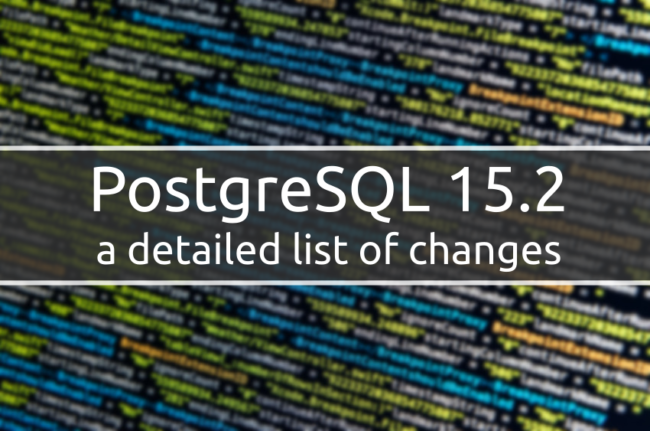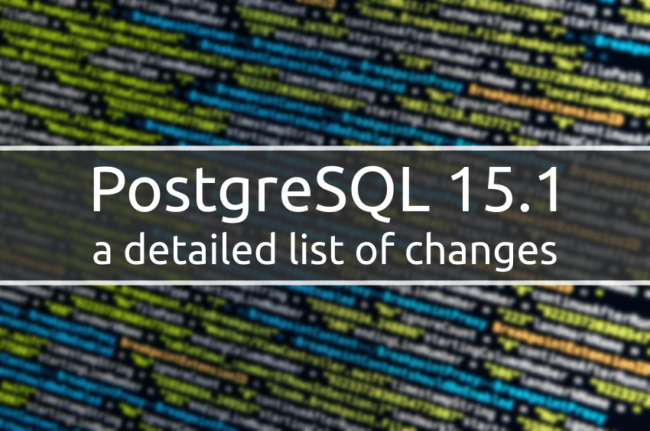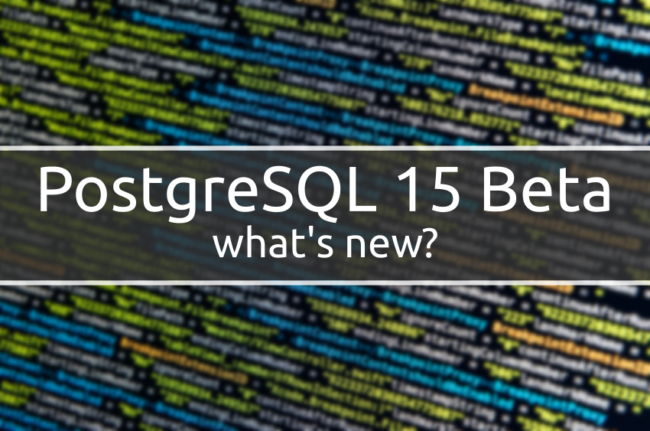PostgreSQL 15.2 has arrived – a detailed list of changes

Great news for Postgres fans. The latest version of the PostgreSQL database is now available. It offers state-of-the-art security and stability standards. In this article, we’ll lean into the changes in PostgreSQL 15.2.
Read more





